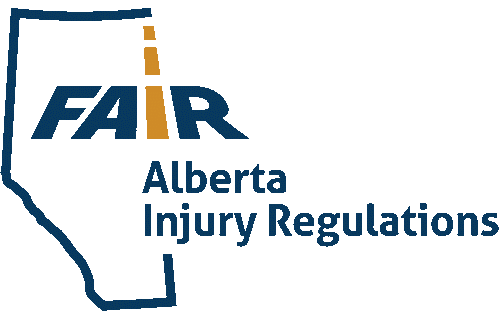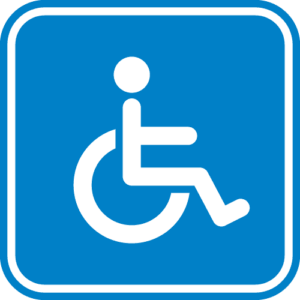Today I want to write about the recent amendment to the Minor Injury Regulation (MIR). The MIR was implemented in October 1, 2004. It is commonly referred to as a “cap” on the amount of money you can receive for pain and suffering for injuries sustained in a motor vehicle accident. The Courts have interpreted the MIR since 2004 and have held that chronic pain injury and temporomandibular joint injury (TMJ) are not subject to the MIR. On June 1, 2018, the MIR was amended to clarify what types of injuries are minor. The amendments include specific injuries to the jaw and specific psychological injuries.
Temporomandibular Joint Dysfunction and the Minor Injury Regulation (MIR)
TMJ is not subject to the MIR if the TMJ involves damage to the bone or teeth or damage to or displacement of the articular disc. Injuries to the musculature of the jaw are caught by the definition. However, if the TMJ injury to the musculature is ongoing and permanent and chronic, the TMJ injury may not be subject to the MIR. This has not been tested by the Courts. However, it seems clear that the legislature has intended this interpretation. It would be consistent with the court’s rationale outlined in McLean v Parmar if the injury results in serious impairment.
In McLean v Parmar, the Court of King’s Bench writes …
[53] The definition of “minor injury” in the MIR indicates at s. 1 (h) that the injury is a sprain, a strain, or a WAD injury that does not result in a “serious impairment”. “Serious impairment” is also defined and it means an impairment of a physical or cognitive function that results in a “substantial inability” to, and I summarise, perform the essential tasks of the Plaintiff’s employment, or of an education or training program, or of normal activities of daily living, that has been ongoing since the accident, and is not expected to “improve substantially”.
In Sparrowhawk v Zapoltinski, the Alberta Court of King’s Bench analyzed the definition of substantial inability and concluded …
[42] I conclude that “substantial inability” exists where an injury:
- prevents an injured person from engaging in a “normal activity of daily living”,
- impedes an injured person’s engaging in a “normal activity of daily living” to a degree that is non-trivial for that person,
- does not impede an injured person from engaging in a “normal activity of daily living” but that activity is associated with pain or other discomforting effects such that engaging in the activity diminishes the injured person’s enjoyment of life.
[43] Mr. Sparrowhawk reported and I accept that he experiences difficulty and significant pain for activities such as chewing food and yawning, and that his ability to speak has been somewhat impaired. I agree with the conclusion in MacPherson v. Webber that there can be no dispute these are ‘normal activities’ of daily living. I therefore conclude that the “substantial inability” criterion for “serious impairment” has been met.
It is important to remember that in Sparrowhawk the plaintiff had a TMJ injury that involved damage to or displacement of the articular disc which would bring the TMJ injury out of the MIR in any event. In Mclean, the plaintiff suffered from chronic musculoskeletal pain. Again, if an injury to the musculature of the jaw alone is not chronic, it would be subject to the MIR. An injury to the musculature of the jaw which is chronic arguably fits within the criterion in McLean and the definition of substantial inability and serious impairment in Sparrowhawk and is not subject to the MIR. The severity of the injury to the musculature would be the key factor in deciding this.
Psychological Injury and the Minor Injury Regulation (MIR)
A physical or psychological condition or symptom that arises from a sprain, strain or WAD injury and resolves with the sprain, strain or WAD injury is deemed not to be an injury separate from the sprain, strain or WAD injury. Stress, and anxiety would fit well within the definition assuming these conditions resolved with the sprain, strain or WAD. PTSD would not, as it arises out of the motor vehicle accident itself. Psychological conditions that arise from the sprain strain or WAD but do not resolve with the sprain strain or WAD would not be caught by this definition. Some examples might be major depressive disorder, and persistent depressive disorder.
The inclusion of the word “physical” in the definition is confusing and one wonders what it is meant to include. Nervous shock? Swollen limbs or muscles?
If you are concerned about whether your TMJ or psychological injury is or may be subject to the MIR, contact an experienced injury lawyer, Joseph A. Nagy, today.








